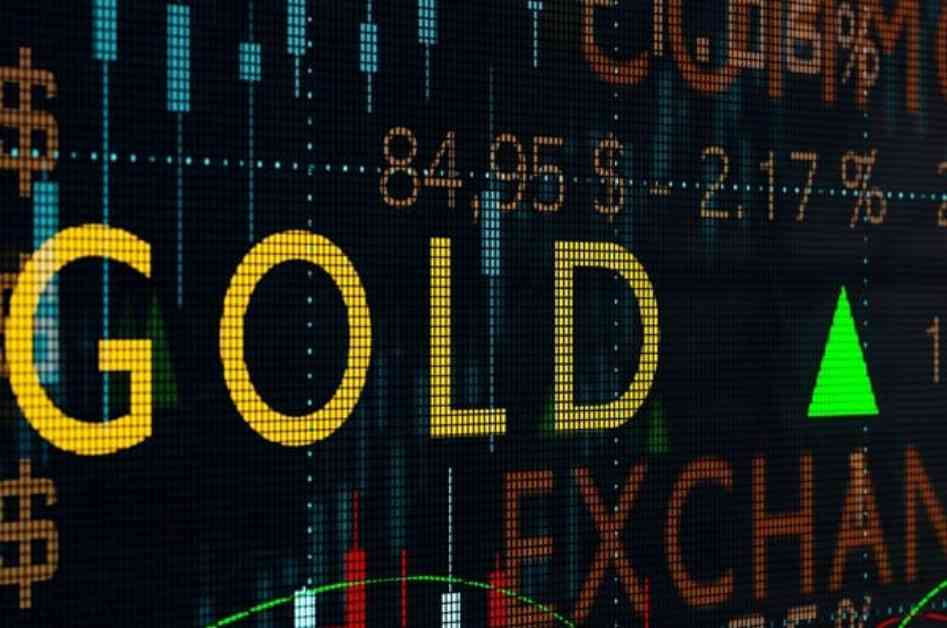Gold prices are currently facing downward pressure and are expected to drop below $2,780 per ounce after reaching a historic high of $2,790. This decline in gold prices is influenced by various factors such as inflation, the health of the US economy, and tensions in the Middle East. Inflation, measured by the Core Personal Consumption Expenditure (PCE) Price Index, has shown resilience in its September reading and is on the rise again. This, coupled with positive economic data from the US, including personal spending growth and better-than-expected ADP nonfarm employment and third-quarter GDP figures, has painted a healthy image of the US economy, reducing economic uncertainty.
Despite the US economy growing at a slower pace than anticipated in the last quarter, consumer spending has increased for the second consecutive quarter, indicating resilience in this sector. Government spending has also grown for the second straight quarter, along with a notable acceleration in export growth. These positive figures have slightly diminished the likelihood of the Federal Reserve cutting interest rates by 25 basis points in January next year, although the probability remains above 43%, according to the CME FedWatch Tool.
On the geopolitical front, there is growing optimism about the possibility of a ceasefire in Lebanon following significant progress in negotiations between Hezbollah and Israel. Lebanese caretaker Prime Minister Najib Mikati expressed hope for an agreement to be reached soon, while Cypriot President believes an agreement can be reached within a week or two. However, US officials have expressed doubts about the momentum in reaching an agreement before the US elections, with Prime Minister Benjamin Netanyahu waiting to see the outcome of the elections.
In contrast to the optimism about a ceasefire, there are concerns about Iran planning a decisive and painful attack on Israel in response to recent events. This uncertainty surrounding the situation in the Middle East, especially with the upcoming US elections, could lead to increased volatility in the gold market. The fear of escalation and its potential impact on the global economy, particularly on oil supply chains, could reignite the bullish trend in gold.
The bond market has shown limited movement amid anticipation of more economic data, the results of the presidential election, and geopolitical developments. The uncertainty in the fixed income market is reflected in the ICE BofAML U.S. Bond Market Option Volatility Estimate Index (MOVE), which remains near its highest levels this year. The yield on the 10-year Treasury note is also hovering around 4.3%, indicating investor caution.
Overall, the combination of factors such as inflation, US economic health, and Middle East tensions is contributing to the current state of the gold market. Investors are closely monitoring these developments to gauge the future direction of gold prices amidst a backdrop of economic and geopolitical uncertainty.












